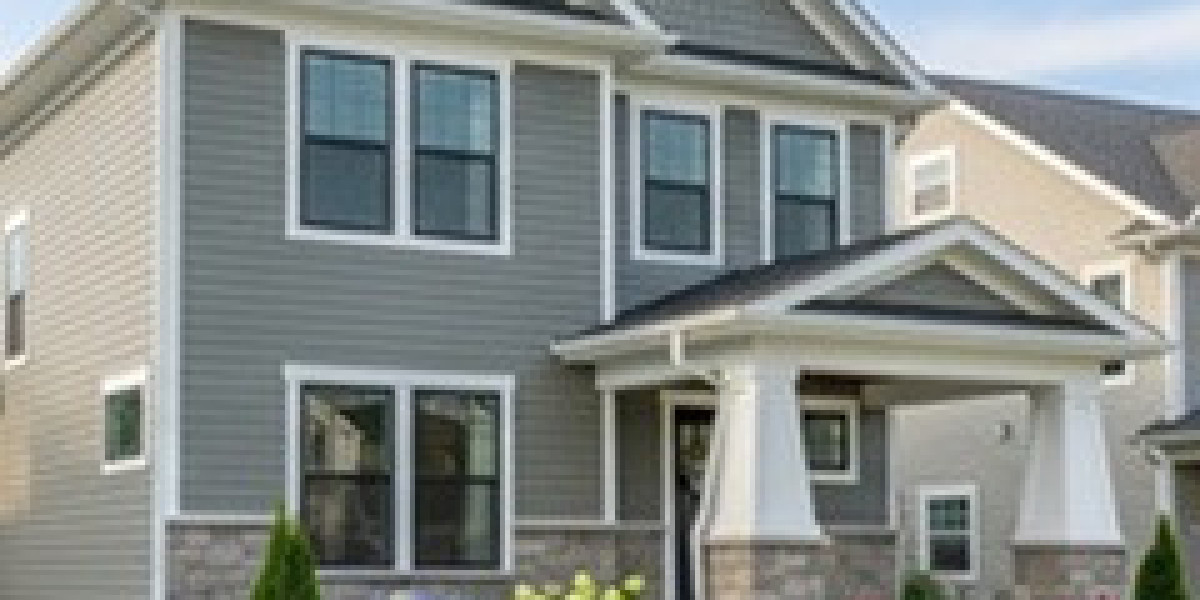10 Things You Should Know Before Starting a Home Remodeling Project
Remodeling your homecan be one of the most excitingand stressfulprojects youll ever take on. Whether youre giving a single room a facelift or transforming the entire house, success comes down to good planning and smart decisions.
Before you start tearing down walls or ordering fancy tiles, here are10 important things to knowthat can help you save money, time, and frustration.
1. Know Your Purpose and Set Clear Goals
Start by asking yourself:Why am I remodeling?
Your answer will shape every other decision you make.
- Do you want a fresh new look, better functionality, or to increase resale value?
- Are you planning small updates like painting and flooring, or big structural changes?
- How long do you plan to stay in the home after remodeling?
Example:
If your goal is resale within two years, focus on cosmetic updates (paint, flooring, fixtures). If youre staying long-term, invest in layout changes, insulation, or energy-efficient upgrades.
Tip:Write down your goals before you start. It helps you stay focused when unexpected ideasor costspop up later.
2. Be Realistic About Your Budget
Money matters more than any design trend. A well-thought-out budget helps you avoid mid-project panic.
- The average home remodel costs between$19,000 and $88,000in the U.S., depending on size and scope.
- Budget around1520% of your homes valuefor a full remodel, and always keep anextra 1020%aside for surprises.
- Remember: structural changes (like moving walls or plumbing) cost far more than paint or finishes.
Example:
Repainting and changing flooring in a 3-bedroom home may cost $10,000$15,000. But if you start moving walls or changing plumbing, costs can double.
3. Think About Layout and Structure
Before making aesthetic decisions, focus onhow your home flows. Good layout planning makes daily life easier and maximizes usable space.
- Keep major plumbing (kitchen, bathrooms) in the same area to save costs.
- If you remove a wall, check if its load-bearingthis may require an engineers approval.
- Consider natural light and airflow when designing open spaces.
Example:
Instead of removing two walls to make an open kitchen, consider adding a wide doorway or arch. Youll get the open feel without major structural costs.
4. Choose Materials and Finishes Wisely
Its easy to get carried away by trendy tiles or imported countertopsbut materials can make or break your budget.
- Pick finishes that fit your lifestyle: durable flooring for families, low-maintenance surfaces for busy homeowners.
- Focus onvalue, not just lookssometimes mid-range options offer better durability.
- Think long-term: choose neutral, timeless designs that wont feel outdated in a few years.
Example:
A solid quartz countertop might cost more upfront than laminate, but its tougher and easier to maintainsaving you money over time.
5. Expect Hidden Costs
Every remodel hides surprisesold wiring, water damage, weak flooring, or outdated plumbing.
78% of homeowners go over budgetdue to unforeseen issues.
- Plan for:
- Electrical or plumbing upgrades
- Structural repairs
- Permits and inspection fees
Tip:
Have your contractor or inspector check for potential issues before you start. Preventing surprises is always cheaper than fixing them mid-project.
6. Understand Timelines
Home remodelingalways takes longer than expectedespecially with custom work or material delays.
- Planning and permitting can take weeks or months.
- Construction time depends on the project: a single room may take 24 weeks; full-home remodels can last several months.
- Consider seasonal factorsrain, holidays, and labor availability can delay progress.
Example:
If your kitchen remodel takes 8 weeks, plan for 10. Build flexibility into your timeline to reduce stress.
7. Choose the Right Contractor
The person you hire will make or break your project. Take your timefinding a contractorwho fits your style, budget, and communication needs.
Checklist for hiring:
- Verify licenses, insurance, and references.
- Ask for a detailed quote with itemized costs.
- Get a written contract covering timeline, materials, and payment schedule.
- Never pay the full amount upfrontuse milestone-based payments.
Tip:
If your project involves design or layout changes, consider hiring an architect orinterior designer along with your contractor.
8. Keep Resale and Future Needs in Mind
Even if youre not selling soon, think ahead. Remodeling with flexibility can save you another big project later.
- Neutral finishes appeal to future buyers.
- Add functionality: extra storage, durable materials, and energy-efficient lighting.
- According toTodays Homeowner, some projects, like siding replacement, recover up to97% of their cost, while high-end remodels recover around7080%.
Example:
Opt for classic flooring and wall colors, but personalize through decoreasier and cheaper to change later.
9. Focus on Energy Efficiency and Smart Upgrades
Modern remodeling isnt just about beautyits about sustainability and comfort.
- Use energy-efficient appliances and LED lighting.
- Add insulation, seal windows, and install smart thermostats to cut long-term costs.
- Sustainable and smart homes tend to have higher resale value.
Tip:
Plan these upgrades earlytheyre harder (and more expensive) to retrofit after the remodel.
10. Design for Everyday Living
Its easy to focus on how your home willlook, but how will itwork?
- Create practical storage for daily items.
- Design spaces for how you actually live: open areas for families, quiet corners for remote work, etc.
- Layer lightingambient, task, and accentto make spaces more comfortable.
Example:
A family might prioritize an open-plan living space and extra pantry storage, while a couple might invest in a cozy office nook or larger bathroom.
Frequently Asked Questions (FAQ)
Q1. How much should I budget for a home remodel?
Most homeowners spend between$15$60 per square foot, depending on the level of work. Full remodels often cost around$50,000$80,000in total
Q2. How long does a home remodel take?
Small projects (like a bathroom or single room) might take26 weeks, while whole-house remodels can take36 monthsor longer. Alwaysplan for delays.
Q3. Will I recover the money when I sell my house?
Not fully, but most well-planned projects add strong resale value. ROI ranges from6090%, depending on the project and market conditions.
Q4. What causes cost overruns?
- Changing designs mid-project
- Discovering hidden damage (mold, wiring issues)
- Labor or material delays
- Expanding project scope after work begins
Q5. Do I need professionals or can I DIY?
It depends on your skills and project size. Painting or minor updates can be DIY-friendly, but structural work, electrical, or plumbing changes should always be handled by licensed professionals.
Final Thoughts
A home remodelingproject is a big commitmentbut also one of the most rewarding ways to transform your living space. By setting clear goals, budgeting smartly, hiring the right people, and planning for surprises, youll enjoy both the process and the final result.
Whether youre upgrading for comfort, value, or a new chapter in life, thoughtful preparation is the real secret behind every beautiful home.







